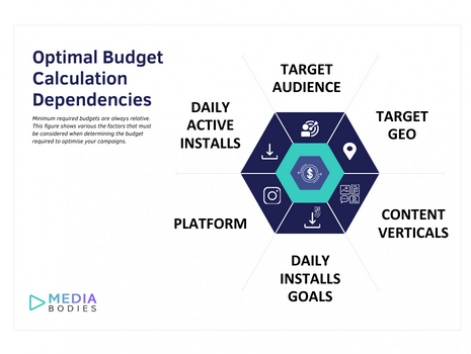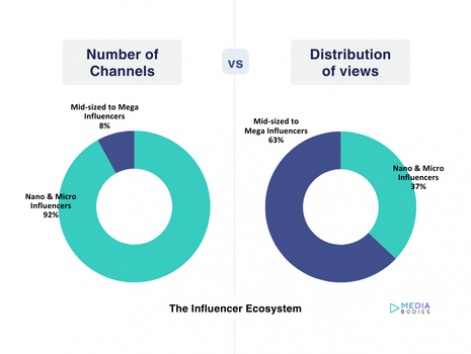Edward Fuller, CEO of Media Bodies, a prominent influencer marketing agency, discusses the key reasons why your current influencer marketing campaigns may not be yielding the expected return on investment (ROI). He offers five actionable steps for optimizing and scaling your next campaign.
Introduction: The Changing User Acquisition Landscape
The gaming industry is witnessing a surge in new consumers, particularly in the mobile gaming market, which is projected to exceed $250 billion by 2030. This growth, however, presents challenges for User Acquisition (UA) teams to adapt their strategies to stay competitive and comply with evolving consumer behaviors and advertising regulations.
Influencer marketing has emerged as a valuable UA strategy, but many marketers struggle to realize its full potential. After consulting with over 100 UA and marketing teams, we’ve identified common concerns such as low ROI, limited tracking, and scalability issues with influencer marketing campaigns.
While these challenges are often attributed to the nature of influencer marketing, the truth is that this channel can deliver significant value when approached with a data-driven strategy.
In this article, we’ll explore five essential steps to optimize and transform your influencer marketing approach into a reliable and profitable UA channel.

1) Optimize Your Budget
Effective budget optimization is essential for influencer campaigns as it impacts tracking and attribution analysis. While organic traffic from influencer marketing can be attributed, it requires an optimal budget allocation to generate visible uplifts.
Since there is no standard minimum budget for influencer campaigns, identifying your unique minimum budget based on factors such as daily average organic installs, target audience, and content verticals is crucial for optimization.

“Media Bodies did a great job assisting Bandai Namco Mobile running paid YouTube and Podcast influencer campaigns, guiding us through the whole process and helped our understanding of how this new growing acquisition channel works effectively.” – Sara Guerola, Product Marketing Manager (Growth) at Bandai Namco
2) Understand and Establish Key Tracking & Attribution Parameters
Tracking links and attribution solutions are common in influencer marketing, but understanding the attribution of organic traffic is crucial. Utilizing the Organic Uplift Analysis Methodology and coordinating with other marketing and UA operations can provide insights into the performance of individual influencers.
3) Deeper Data Touchpoints for Influencer Selection
Views and engagement rates are not sufficient for influencer selection. A more comprehensive analysis, including competitor analysis, audience behavior, and channel vetting, is necessary for identifying profitable content verticals and channels.

“MediaBodies is a key Socialpoint partner. They provide great Influencer campaign support from creation to completion. Our collaboration is easy and enjoyable!” – Nidia Do Carmo, Influencer Marketing Manager at Zynga
4) Optimize Your Timelines
Factor in the Influencer Marketing Funnel when planning campaign timelines and outreach to maximize reactivity and volume in outreach. Accurate tracking and attribution depend on clearly established comparison and campaign periods.
5) Treat Influencer Marketing As An Iterative Process
View every influencer campaign as an opportunity to collect and analyze data for further optimization. Even underperforming campaigns can reveal valuable insights for future testing and scalability.
Conclusion: Optimizing ROI through Data-Driven Decisions
The influencer economy presents exciting opportunities for gaming brands, but it requires a data-driven approach to realize its full potential. By leveraging data and an iterative strategy, gaming brands can unlock the full impact of influencer marketing.
The Media Bodies team will be at PGC London on January 22nd and 23rd! Find them on LinkedIn or reach out via the Media Bodies website for more performance-based influencer marketing insights and bespoke strategies across YouTube, Podcasts, TikTok, Instagram, and Twitch.


